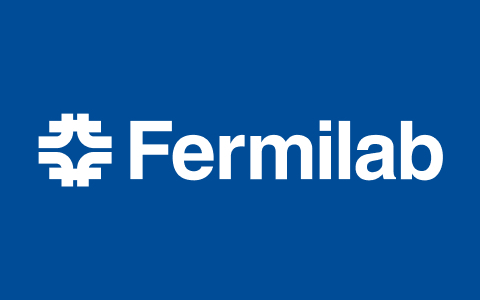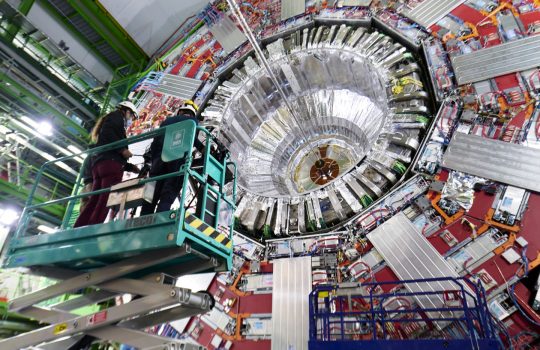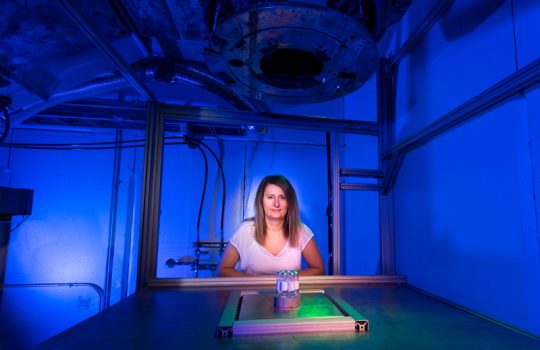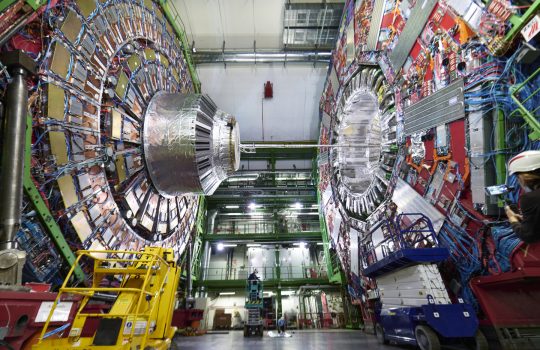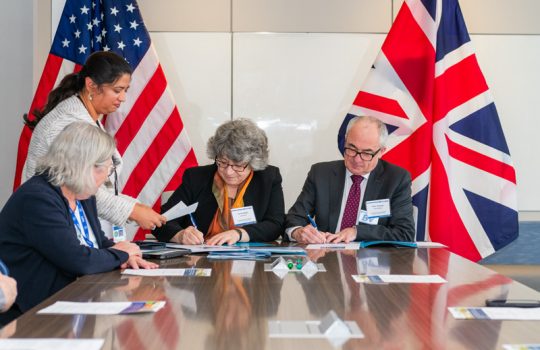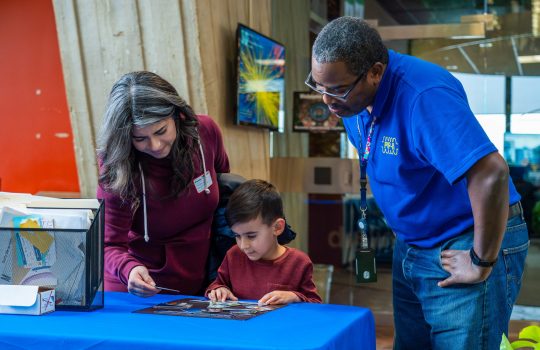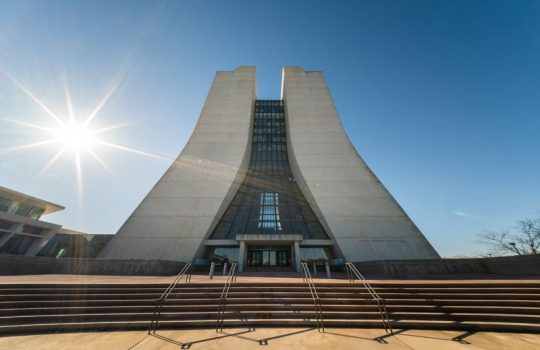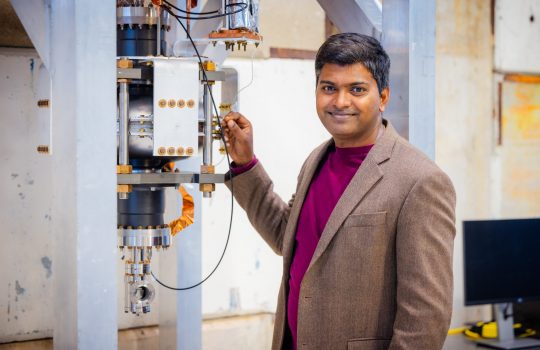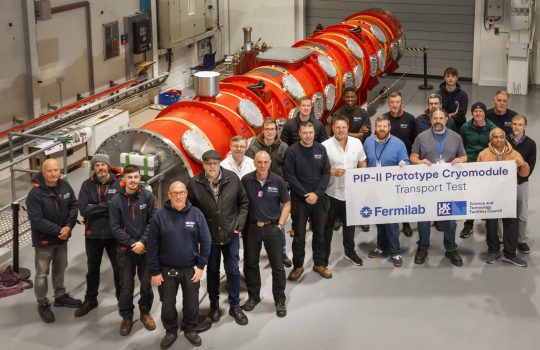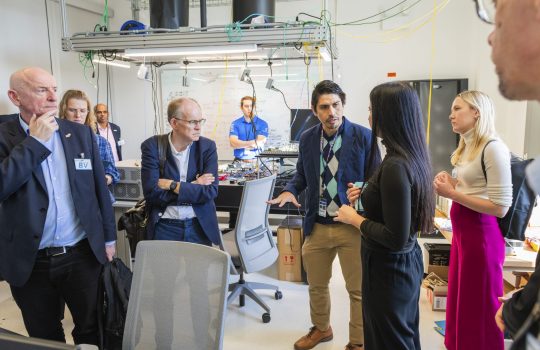U.S. CMS collaborators receive approval for massive detector upgrade
The U.S. Department of Energy has given the green light for the U.S.-funded portion of the upgrades to the CMS experiment at CERN. The massive overhaul will prepare the experiment for the high-luminosity era of particle collisions at the Large Hadron Collider.
